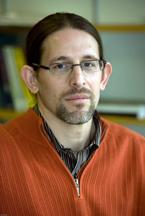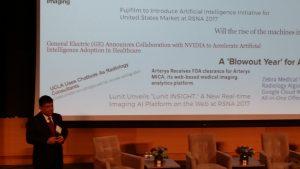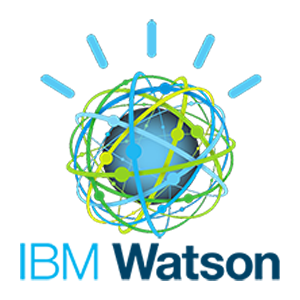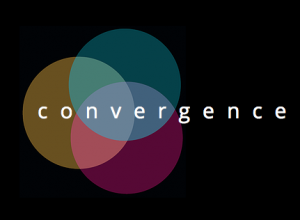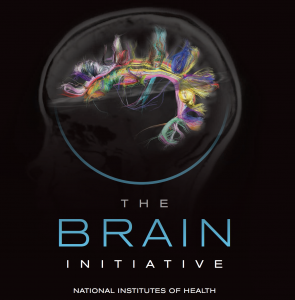Cambridge covid rules require face masks AND social distancing–even on Fresh Pond
For some unfathomable reason, in the Peoples’ Republic, folks either do not know or do not care that the city’s covid rules now require both face masks AND social distancing, even in parks like Fresh Pond–with a possible $300 fine.
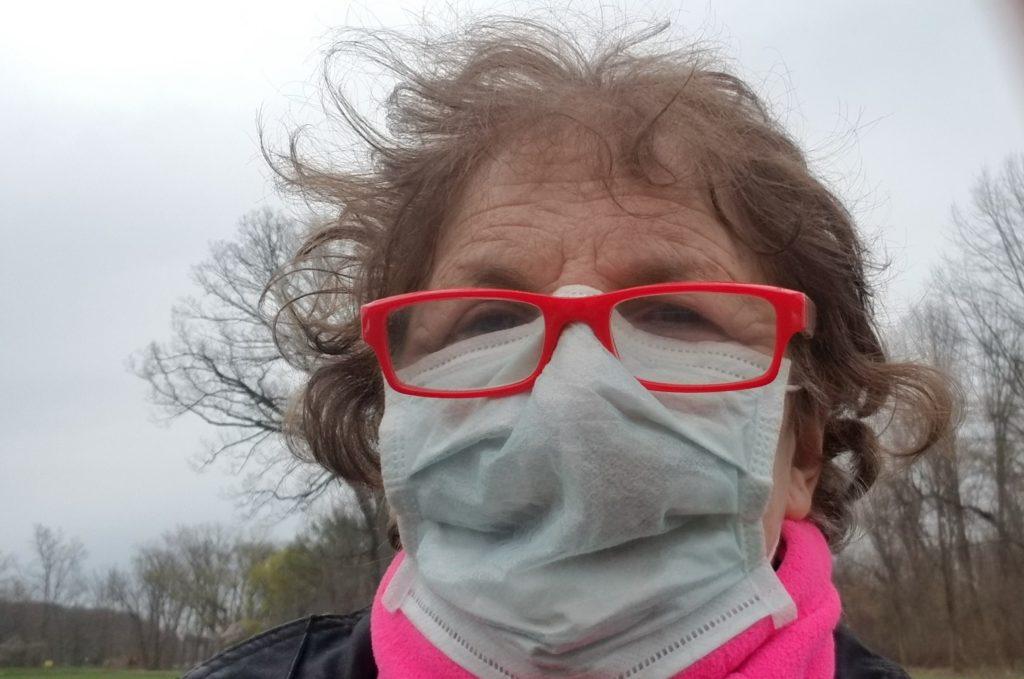
Running on Fresh Pond this morning before 7 a.m., I found that many people were respecting the order, but several runners ignored the requirement.
Social Distancing
A couple with white hair insisted on staying two abreast in the center of the path, refusing to budge when I asked them for some distance. They went so far as to tell me both that I should not have stopped on the path and that I should walk slower, until they got ahead of me. I am usually mild-mannered, but I confess, I lost it–resorting to the F-bomb–before I turned and sped up my pace in hopes of out-distancing them.
When I asked another woman –nicely–for some distance, she laughed at me .
Masks
When I reminded a twenty-something couple that masks are required, they ignored me; when I asked if they knew they could be subject to the $300 fine, the guy told me I should be heading clockwise. True, that’s a guideline, but it’s not a requirement, because not everyone goes all the way around the pond. I said, “I can’t make it all the way around.” He said, “That’s not our problem.”
Soon after that, I ran into a dog friend I’ve nicknamed “Smiley.” His human asked me how I was doing; I mentioned some of the above. She said she goes out even before 6:30 because “After 7, it’s too anxiety provoking. ” She added, “I don’t understand why people won’t help; we’re all in this together.”
I don’t “get it,” either. Yesterday, I asked a man, his wife with baby carriage and two children–none wearing masks– for some distance; they refused to move. He said, “I have a mask.” True….he did have a bandana, but it was around his neck. One day last week, when I reminded a runner (less than 6″ away) that masks are required, he called me a M’fucker. Also last week, a guy walking with his kids in Central Square pulled a knife on a runner who was not wearing a mask.
I’m very concerned about divisiveness and anger that’s plaguing our neighborhood, our city, and our country….but having lost a close friend to the virus, and nearly lost another, I find it difficult to keep calm..and to keep my mouth shut. I go outside a couple of times a day to relieve stress during this difficult pandemic; it’s not working!
Anyway, in case you have’t seem the new regulation, here it is:
Cambridge Face Covering Order
The City of Cambridge issued an emergency order requiring that face coverings be worn in all public places, businesses and common areas of residential buildings. The order takes effect at 12:01 a.m. on Wednesday, April 29, and applies to everyone over the age of five years old, with exceptions in alignment with guidelines provided by the Centers for Disease Control or Massachusetts Department of Public Health. Violations may be punishable by a $300 fine.
“While we are grateful to those in Cambridge who have been heeding our previous mask advisory and taking this issue seriously, we are concerned about the number of residents who continue to shop, walk, run and bike throughout the city without proper face coverings,” said Mayor Siddiqui and City Manager DePasquale in a joint statement. “We must all do our part in flattening the curve and make sure we are preventing the further spread of COVID-19. This mandate emphasizes the importance of wearing a face covering, not as an option, but as a requirement in our effort to combat this pandemic together.”
The order applies to everyone over five years old “without limitation, when on, in or about” public places, defined as:
- Sidewalks
- Streets
- Parks
- Plazas
- Bus stops
- Non-residential parking lots and garages
- Any other outdoor area or non-residential parking facility which is open and accessible to the general public.
The mask requirement also applies to anyone working in or visiting an essential business, as well as shoppers and consumers. Masks must remain on throughout shifts or visits to those businesses. The businesses covered under the order, include:
- Grocery stores or supermarkets
- Pharmacies
- Laundromats
- Dry cleaners
- Hardware stores
- Restaurants, cafes or similar establishments where prepared foods, meals or beverages may be purchased
- Local government buildings
- Commercial office buildings
- All essential businesses defined in Governor Baker’s March 23, 2020 Executive Order
In residential buildings of two or more units when people cannot maintain a 6 foot distance, masks will be required prior to entering any common area, including:
- Lobbies
- Hallways
- Elevators
- Stairwells
- Laundry rooms
- Garages or parking lots
- Walkways
- Yards and other outdoor common areas
- Mailrooms and other indoor common areas
–Anita M. Harris
Anita Harris is the founder of the Harris Communications Group, and the author of Ithaca Diaries and Broken Patterns: Professional Women and the Quest for a New Feminine Identity.
New Cambridge Observer is a publication of the Harris Communications Group, a PR and digital marketing firm based in Cambridge, MA.



